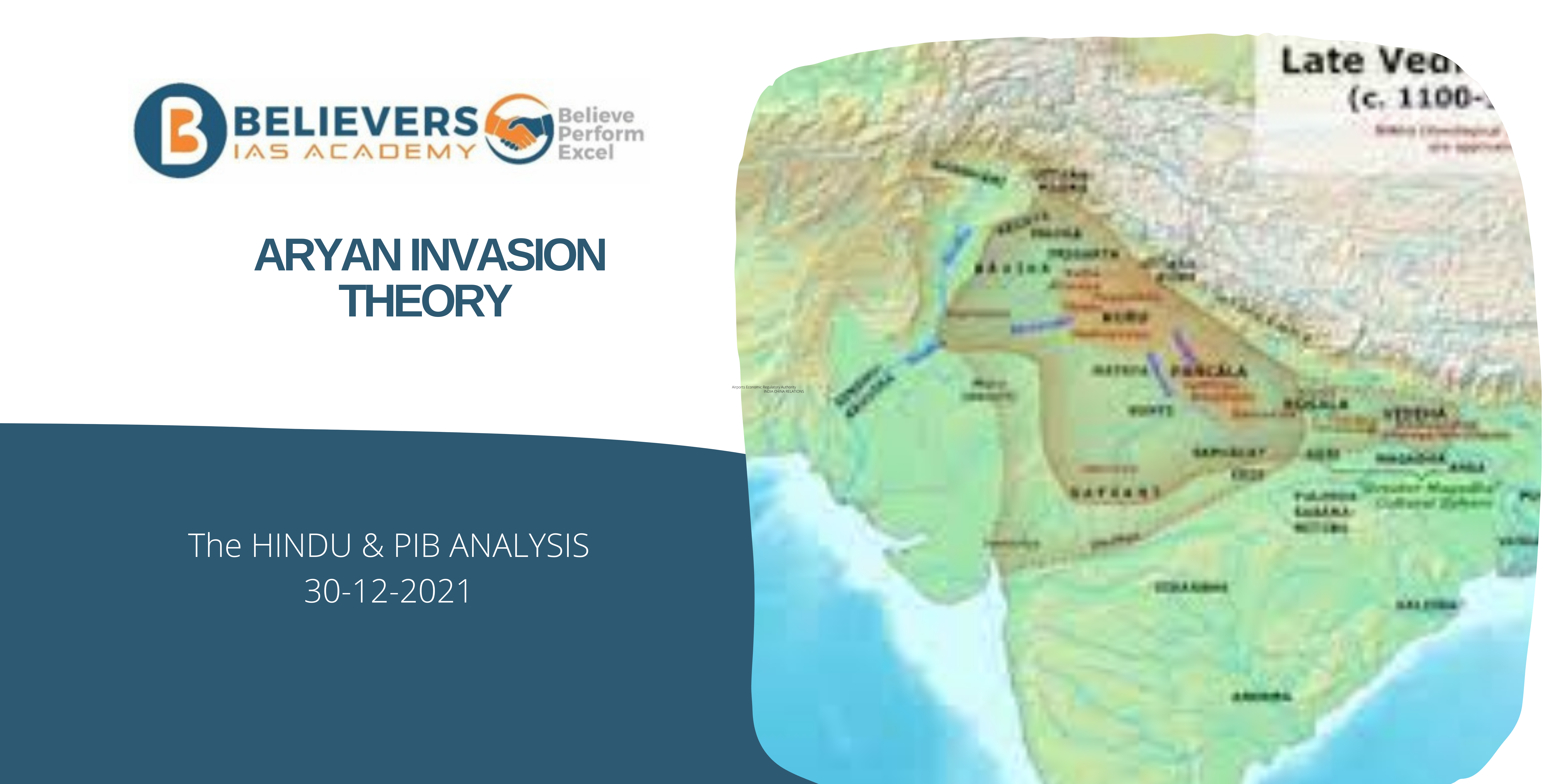India-Oman: Engagement and collaboration
Context:
Sultan Haitham bin Tarik of Oman is on a state visit to India, marking a significant diplomatic event between the two nations. This visit holds particular importance as it follows the landmark agreements on trade, defense, and security during Prime Minister Narendra Modi’s visit to Oman in 2018.
Relevance:
GS-02 (Bilateral relations)
Main Question:
Discuss how Oman and India can strengthen the strategic partnership between them and contribute to the broader geopolitical dynamics in the Gulf region? (250 words)
Dimensions of the Article:
- Strategic Significance of Oman
- Historical Ties
- Oman’s Role as a Regional Mediator and Peacemaker
- Strategic Pillars of India-Oman Partnership
- Economic Collaboration and Bilateral Trade
- Exploring Future Avenues
- Indian Community in Oman
- Oman’s Strategic Significance for India
- Defence Relations
- Maritime Diplomacy
Strategic Significance of Oman:
- Oman stands as India’s closest neighbor in the Arabian Gulf, holding a critical strategic position with key Omani ports along the Arabian Sea and the Gulf of Oman.
- Alongside Saudi Arabia and the UAE, Oman forms a vital trio of strategic partners for India in the Gulf region.
Historical Ties:
- The ruling family of Oman has maintained strong ties with India, evident through Sultan Qaboos’s favorable disposition towards India.
- Key agreements during Prime Minister Modi’s 2018 visit laid the groundwork for enhanced diplomatic relations, particularly in trade, defense, and security.
- Maritime trade, cultural affinities, and a shared commitment to peace have reinforced bilateral relations. Notably, the Gandhi Peace Prize 2019 recognized Sultan Qaboos for his efforts in enhancing India-Oman ties and promoting Gulf region stability.
Oman’s Role as a Regional Mediator and Peacemaker:
- Oman’s foreign policy, rooted in moderation and mediation, has positioned it as an island of peace in a conflict-prone region.
- Notably, Oman played a pivotal role in diffusing tensions during the Persian Gulf crisis in 2019, showcasing its commitment to regional stability.
Strategic Pillars of India-Oman Partnership:
- The India-Oman strategic partnership, signed in 2008, is based on mutual trust and shared interests.
- Defense and security engagement, reflected in joint exercises and maritime cooperation, forms a significant aspect of this partnership.
- The MoU on Duqm Port further cements India’s security cooperation in the region.
Economic Collaboration and Bilateral Trade:
- Trade and commerce constitute a vital pillar of engagement, with bilateral trade reaching $12.388 billion in FY2022-23.
- Over 6,000 India-Oman joint ventures with an investment of over $7.5 billion underscore the economic collaboration between the two nations.
- In the economic domain, the Joint Commission Meeting (JCM) and Joint Business Council (JBC) continue to facilitate robust economic cooperation. Amid changing global dynamics, India has emerged as a significant market for Oman’s crude oil exports and non-oil products.
- The India-Oman Joint Investment Fund (OIJIF) reflects the proactive approach in fostering bilateral investments.
Exploring Future Avenues:
- Both countries are looking to expand collaboration in strategic areas, including space cooperation, joint exploration of rare earth metals, and participation in infrastructure projects like the India-Middle-East-Europe Connectivity Corridor (IMEEC).
- Proposals for undersea pipelines for gas transfer also hint at future convergence.
Indian Community in Oman:
- The Indian diaspora, numbering around 6.2 lakh, stands as a vibrant and integral part of Oman’s multicultural landscape.
- Beyond contributing to Oman’s workforce, the Indian community plays a pivotal role in cultural exchange, reflecting a harmonious coexistence.
Oman’s Strategic Significance for India:
- Given its historical ties, strategic importance, and role in regional organizations, Oman is considered India’s gateway to West Asia. As the gateway to the Strait of Hormuz, it ensures the security of India’s oil imports.
- Recent defence accords, coupled with India’s access to the Port of Duqm, underline a strategic partnership attuned to contemporary challenges.
Defence Relations:
- Recent strides in defence collaboration include renewed agreements through the Joint Military Cooperation Committee (JMCC).
- Exercises like Al Najah, Eastern Bridge, and Naseem Al Bahr exhibit the growing synergy in military capabilities, fostering mutual trust and strategic alignment.
Maritime Diplomacy:
- The development of the Port of Duqm as a naval base aligns with India’s efforts to counterbalance regional influences.
- This strategic move complements initiatives in Seychelles and Mauritius, fortifying India’s maritime footprint in the Indian Ocean region.
Conclusion:
The India-Oman relationship is not merely historical but a dynamic engagement that adapts to contemporary dynamics, contributing to regional stability and prosperity. Sultan Haitham bin Tarik’s state visit to India emerges as a crucial chapter in the longstanding friendship between the two nations. Strengthening economic ties, enhancing strategic collaboration, and navigating regional challenges collectively underscore the depth of the India-Oman relationship.




